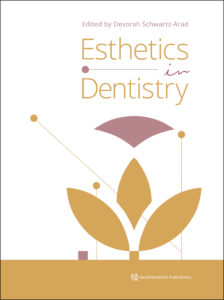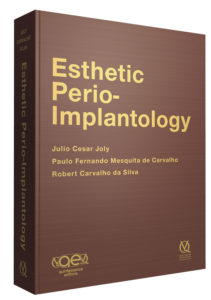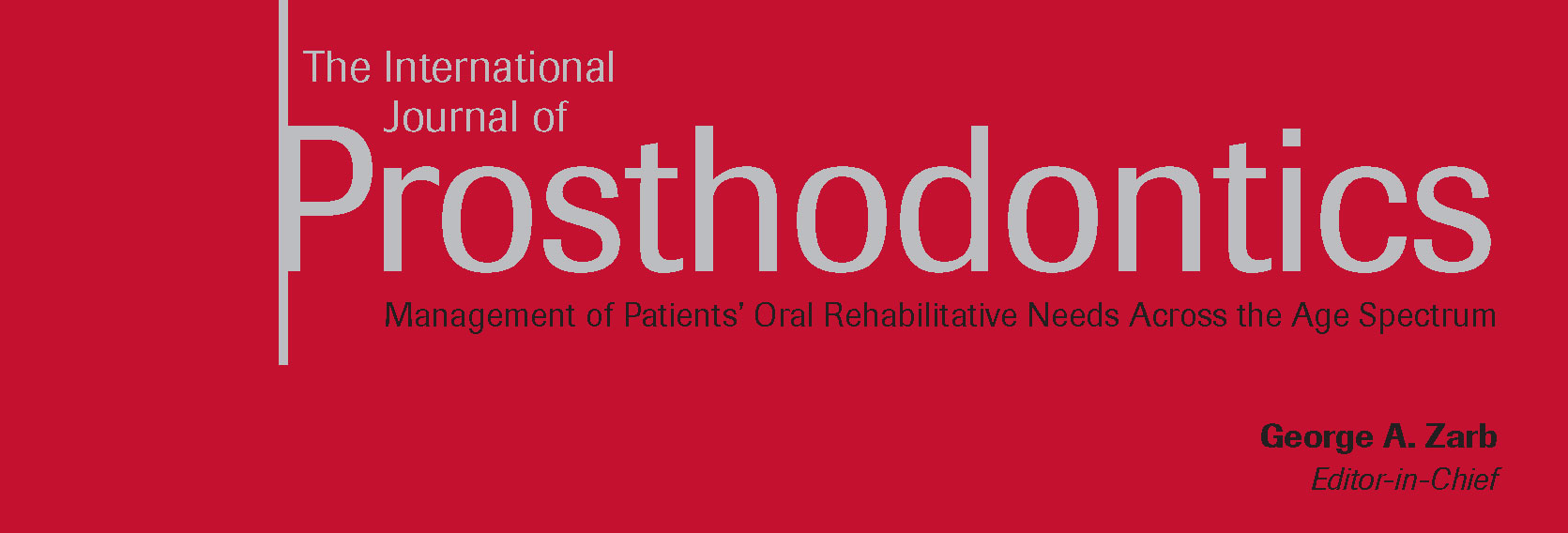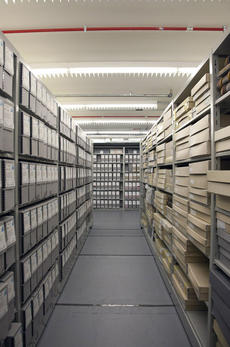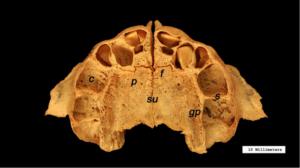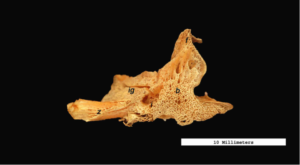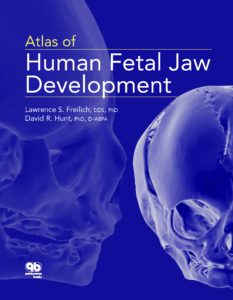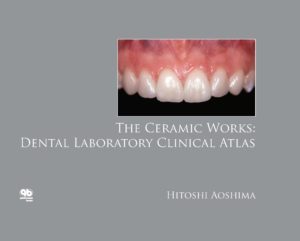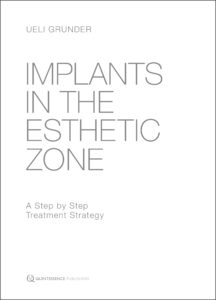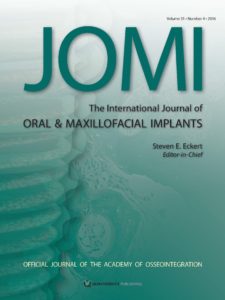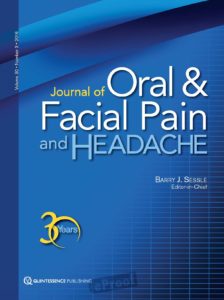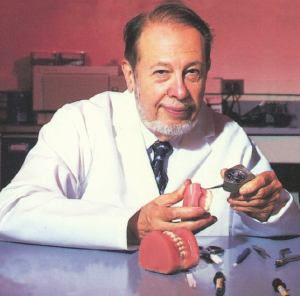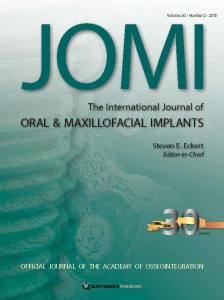New Titles in Books
Devorah Schwartz-Arad
This book represents a unique collaboration between 17 internationally renowned female dentists as well as an insightful overview of contemporary esthetics. Topics include orthodontics and orthognathics, implants, restoration, rehabilitation, materials, trauma, and surgery. Each author also provides fascinating insight into her journey of success in a male-dominated industry.
352 pp; 812 illus; ISBN 978-1-85097-293-8 (B9090); US $198
Julio Cesar Joly, Paulo Fernando Mesquita de Carvalho, and Robert Carvalho da Silva
This book is the culmination of extensive research and experience in the field of esthetic mucogingival surgery and implant dentistry. The authors rely on clinical documentation and scientific evidence to establish innovative esthetic protocols for the management of mucogingival complications in implant dentistry. Each advanced surgical and restorative procedure is prefaced with the scientific research, historical background, and clinical experiences that led to its development by the authors. Facets of diagnosis and the many treatment options for each case are covered clearly with a strict evidence-based philosophy. The authors have streamlined their revolutionary techniques and innovations for standardized application, and each clinical case is presented step by step and in stunning photographic detail. This book will lay the foundation for the development of clinical skills that will lead to more esthetic outcomes in some of dentistry’s most challenging cases.
895 pp; 4,979 illus; ISBN 978-8-57889-086-5 (B9993); US $300
Dental Photography: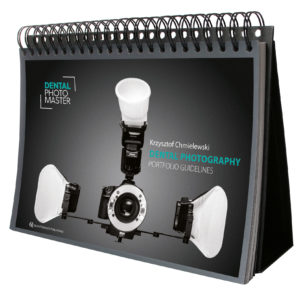
Portfolio Guidelines
Krzysztof Chmielewski
This practical atlas functions as a visual guide for using a camera in dental practice and achieving the essential photographic views. Individual views are detailed with recommended equipment setup, camera settings, necessary accessories, tips for the photographer, and instructions for the patient. The book is designed to function as a stand-up display, providing ease of use to the photographer when used chairside. Whether used as a refresher by an experienced dental photographer or as a guide for instructing staff members on dental photography protocols, this atlas is sure to become a mainstay in clinical practice.
59 pp; 64 illus; ISBN 978-1-85097-297-6 (B9094); US $98
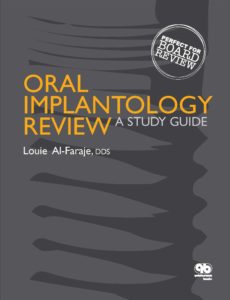 NEW iBOOK!
NEW iBOOK!
Oral Implantology Review: A Study Guide
Louie Al-Faraje
This comprehensive examination workbook provides more than 700 practice questions on oral implantology. Topics include medical problems, biomedical sciences, radiology and computer-assisted technology, anatomy, biomechanics, patient data, treatment planning, principles of implantology, bone and soft tissue grafting, implant prosthodontics and occlusion, esthetics, maintenance, pharmacology, and complications.
232 pp; 74 illus; ISBN 978-0-86715-721-5 (B7215); US $108
New Issues in Journals

Featured article: A Classification System for Peri-implant Diseases and Conditions
Hector L. Sarmiento, Michael R. Norton, and Joseph P. Fiorellini
Lyndon F. Cooper, Dennis Tarnow, Stuart Froum, John Moriarty, and Ingeborg J. De Kok
Martina Stefanini, Pietro Felice, Claudio Mazzotti, Matteo Marzadori, Enrico F. Gherlone, and Giovanni Zucchelli
Editorial: The Digital Revolution’s Impact on Prosthodontics
Carlo Marinello
Jason Hsuan-Yu Wang, Roy Judge, and Denise Bailey
Effect of Double Screw on Abutment Screw Loosening in Single-Implant Prostheses
Young-Gun Shin, So-Yun Kim, Ho-Kyu Lee, Chang-Mo Jeong, So-Hyoun Lee, and Jung-Bo Huh
Thematic Abstract Review: The Issue with Tissue: How to Treat Peri-implantitis
Martin Osswald
Prevalence of Interproximal Open Contacts Between Single-Implant Restorations and Adjacent Teeth
Spyridon Varthis, Anthony Randi, and Dennis P. Tarnow
New Titles in Multimedia
Cell-to-Cell Communication: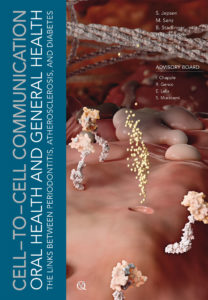
Oral Health and General Health—The Links Between Periodontitis, Atherosclerosis, and Diabetes
Søren Jepsen, Mariano Sanz, Bernd Stadlinger, and Hendrik Terheyden
Can periodontitis or other inflammatory processes of the oral cavity contribute to systemic conditions such as atherosclerosis or diabetes? Can they negatively influence their course? This new installment in the Cell-to-Cell Communication series addresses these issues by focusing on the associations linking periodontal and systemic health. The film visualizes the highly complex intercellular interactions and signaling pathways. Periodontal pathogens are invasive and can spread throughout the body via the bloodstream. Locally produced pro-inflammatory mediators can also shed into the circulation. This new film shows the dissemination of bacteria in periodontitis, the impact of periodontitis on the cardiovascular system (atherosclerosis), the effect of periodontitis on the metabolism (type 2 diabetes), and the effect of dental treatment.
17 minutes; DVD-ROM; ISBN 978-1-85097-288-4; US $128
Dental Meetings Quintessence Will Attend in September
CDA Presents: The Art and Science of Dentistry: Booth 1604
hosted by the California Dental Association, September 8–10 in San Francisco, California
2016 FACD Annual Scientific Session & Trade Show: Booth 200
hosted by the Florida Academy of Cosmetic Dentistry, September 8–10 in Orlando, Florida
AAP 102nd Annual Meeting: Booth 1433
hosted by the American Academy of Periodontology, September 10–13 in San Diego, California
hosted by the Society for Color and Appearance in Dentistry, September 15–17 in Chicago, Illinois
AAOMS 98th Annual Meeting: Scientific Sesions & Exhibition: Booth 712
hosted by the American Association of Oral and Maxillofacial Surgeons, September 21–23 in Las Vegas, Nevada
hosted by the International College of Craniomandibular Orthopedics, September 22–24 in Scottsdale, Arizona
hosted by Spear Education, September 29–October 1 in Scottsdale, Arizona

